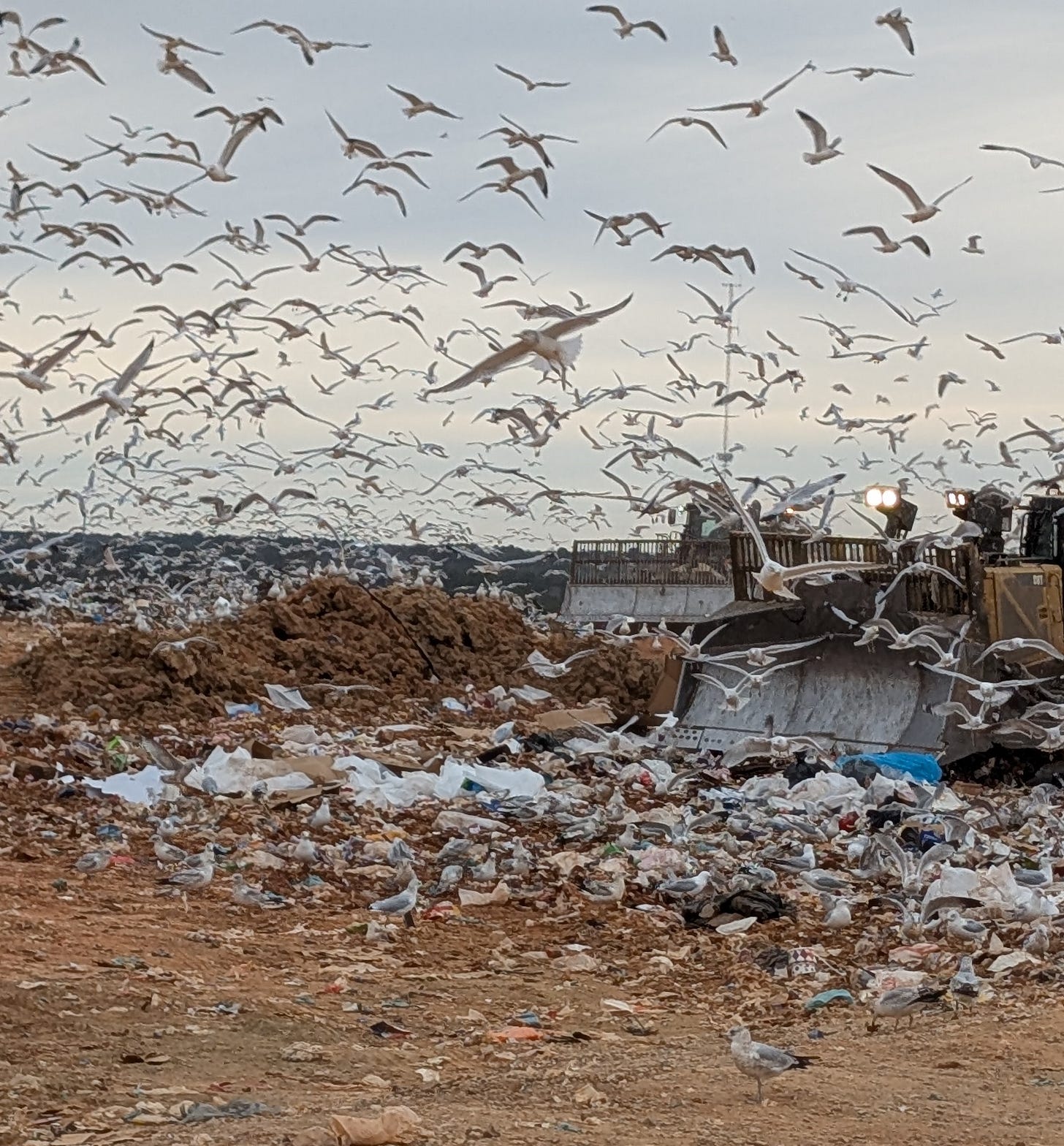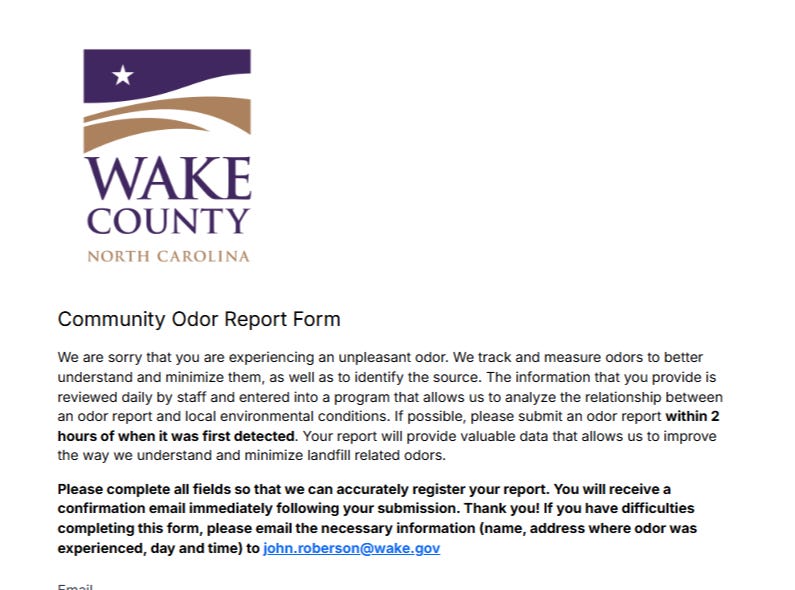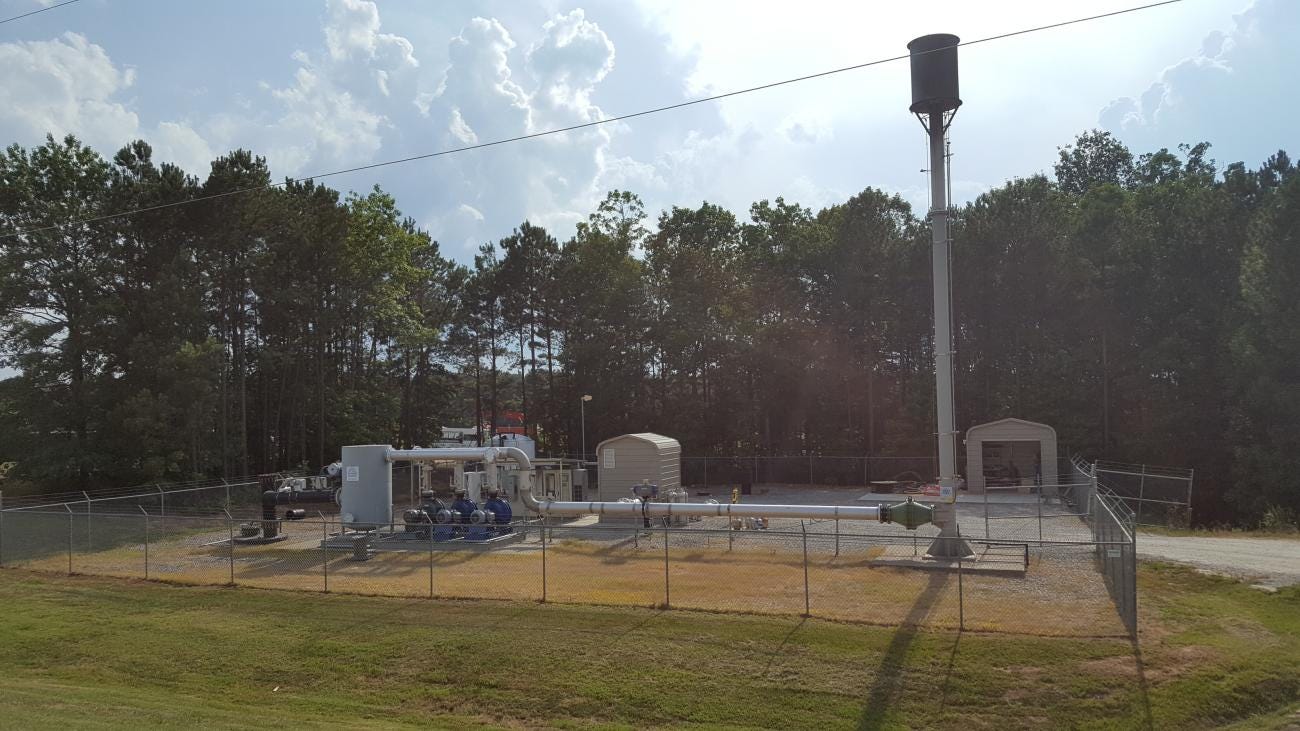PART 3: Dumping on Holly Springs: The South Wake Landfill - Past, Present, and Future
Part 3 of this 4 part series explores the environmental and health impacts of the Landfill.
Introduction: A four-part series
Holly Springs has been home to Wake County’s largest landfill for decades, shaping the town’s history, environment, and community concerns. This four-part series explores the South Wake Landfill’s past, present operations, environmental consequences, and future. Part 1 covers the history of waste disposal in Holly Springs, while Part 2 examines landfill operations and challenges. Part 3 explores environmental and health impacts, and Part 4 looks ahead to its closure and future land use. As Holly Springs grows, the landfill remains a pressing issue, raising questions about long-term sustainability and Wake County’s waste management strategy.
Part 3: The Environmental and Health Impact of the Landfill
Beyond operational concerns, the South Wake Landfill's impact on air quality, water resources, and public health remains a pressing issue for Holly Springs residents. While modern landfill technology aims to minimize contamination, the volume of waste, ongoing expansion, and the town's history with unregulated dump sites complicate these risks.
Groundwater Contamination
Given Holly Springs' legacy of unregulated landfills, groundwater contamination remains a serious concern. To address this, the South Wake Landfill operates under a comprehensive Water Quality Monitoring Plan (WQMP) that complies with North Carolina Solid Waste Management Rule 15A NCAC 13B.1632. This plan mandates routine groundwater monitoring through an extensive system of perimeter wells to ensure the landfill's liner system is performing effectively.
For residents relying on private wells near the landfill, Wake County offers water testing services that screen for contaminants like bacteria, nitrates, and other potential pollutants. The county has periodically offered free well testing for eligible households in response to ongoing concerns. These efforts aim to ensure safe drinking water for residents not connected to municipal water systems, and regular testing is strongly encouraged.
Odor Issues and Remediation Efforts
Odor emanating from the landfill has been a significant concern for nearby communities, affecting residents' quality of life and raising health worries. In response, Wake County and landfill operators have implemented several mitigation measures:
Mobile vapor-based odor control systems have been deployed near active waste areas to neutralize smells.
Odor-monitoring devices ("e-noses") have been relocated closer to the landfill to improve detection and response.
Operational adjustments have been made, shifting major construction to times of the year when winds are less likely to carry odors into nearby neighborhoods.
Public odor complaint forms allow residents to directly notify officials, helping target problem areas.
While these steps demonstrate a commitment to improvement, residents continue to monitor their effectiveness and push for stronger action.
Methane Emissions and Health Complaints
Methane, a potent greenhouse gas, presents an ongoing environmental and safety concern at the South Wake Landfill. NASA and EPA studies have confirmed that, although much of the methane is captured for energy, some emissions escape and can migrate underground, potentially accumulating in nearby buildings.
In addition to methane, the landfill releases other airborne pollutants, including volatile organic compounds (VOCs). VOCs are chemicals that quickly evaporate into the air and can cause both short-term and long-term health effects. According to the EPA, VOC exposure may lead to eye, nose, and throat irritation, headaches, nausea, and, with long-term exposure, damage to the liver, kidneys, and nervous system. Some VOCs are suspected or known to cause cancer.
Residents living near the landfill have reported symptoms consistent with exposure to landfill-related gases, including respiratory problems, skin irritation, dizziness, and chronic headaches—particularly during periods of strong odor. These symptoms mirror health patterns seen in other communities near large-scale landfills, where cumulative exposure to methane, VOCs, hydrogen sulfide, benzene, and ammonia has been linked to more serious health risks.
Community Engagement and Transparency
Wake County maintains that air and water monitoring programs exist, but many residents question their scope, frequency, and transparency. Calls for more transparent public reporting of pollutant levels and health thresholds have increased as trust in official oversight remains limited.
As the landfill expands and approaches eventual closure, the need for long-term health monitoring and environmental safeguards grows more urgent. Residents and advocates are pushing for stronger policies, including real-time air quality alerts, independent health impact studies, expanded buffer zones, and guaranteed access to safe drinking water for affected households. The goal is to manage the landfill effectively and ensure it does no lasting harm to the community it neighbors.
Published:
Part 1: A History of Landfills in Holly Springs and the South Wake Landfill
Part 2: The South Wake Landfill Today – Operations, Management, and Challenges
Part 3: The Environmental and Health Impact of the Landfill
Coming Soon:
Part 4: The Future of Waste Management in Wake County




If you are in the NYC area this weekend - scroll down to performances.
https://www.siburiedstories.com/